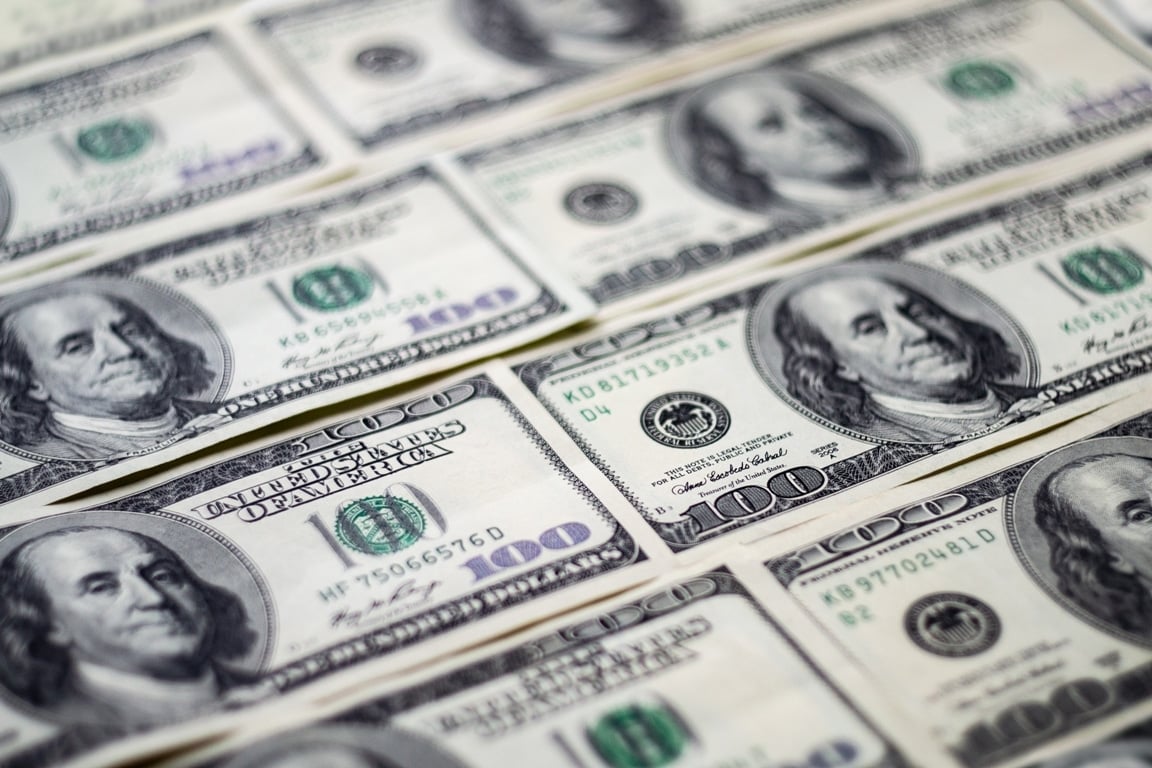Riding the Waves: Dollar Falls Amidst Market Turbulence
The financial markets are witnessing a turbulent end to the week as the dollar falls across the board. The decline is not isolated; it culminates factors, including lower Treasury yields and fluctuating stock performances. We’ll explore the reasons behind the dollar’s extended declines and the best strategies for navigating this currency turbulence.
The Unraveling Dollar: A Week in Review
The week’s events have been unforgiving for the dollar, with Treasury yields down 5.2 bps to 4.392%. The USD/JPY pair is particularly hard-hit, experiencing a 0.9% drop to 149.30. On the other hand, European indices are up by approximately 1%, and S&P 500 futures are showing a tentative 0.2% increase. The greenback is not just losing ground against the yen; it’s also trading lower against the euro and pound. EUR/USD is up by 0.2% to 1.0870, while GBP/USD has seen a similar increase to 1.2433.
In the European market, GBP/USD experienced a 0.2% decline, settling at 1.2377. This downturn followed the revelation that U.K. retail sales took a hit, plummeting by 0.3% in October, marking an annual fall of 2.7%. The persistent struggle faced by British shoppers, grappling with elevated inflation and higher interest rates, contributed to this economic setback.
Recent data unveiled a noteworthy decrease in the U.K. Consumer Price Index (CPI), dropping to 4.6% annually in October from 6.7% in September. While this represents the most significant month-to-month decline since April 1992, the U.K.’s inflation rate remains among developed nations’ highest. Despite this, the Bank of England remains firm on keeping interest rates at their 15-year peak, even in the face of an economy teetering on the brink of recession.
Meanwhile, EUR/USD experienced a marginal 0.1% dip, reaching 1.0839. Despite this minor setback, the euro is poised to achieve a substantial 1.5% weekly increase, marking its most significant weekly gain since mid-July. All eyes are on ECB President Christine Lagarde’s upcoming speech at the European Banking Congress in Frankfurt, where market participants eagerly anticipate insights into policymakers’ intentions regarding interest rates following the central bank’s recent decision to pause its cycle of hikes.
Global Factors Influencing Dollar Decline
The Russian rouble has been a key player in the global currency scene, holding steady near a more than four-month high against the dollar. This stability is attributed to exporters’ foreign currency purchases and elevated interest rates. However, the rouble’s growth is restrained by a recent sharp drop in oil prices, a crucial factor for Russia’s economy. Brent crude oil, a global benchmark for Russia’s exports, is currently at $77.41 a barrel, having recently slumped to a four-month low. This dip in oil prices poses a significant challenge to the dollar’s recovery.
Rouble’s Resilience and Potential Weakness
Despite the challenges, the Russian rouble remains unchanged against the dollar at 89.18, not far from its strongest point since July 4. The rouble has appreciated against the euro and remains stable against the yuan. However, experts suggest that the pace of rouble appreciation may slow, with potential weakening back towards 90 to the dollar. Factors such as the approaching peak of the tax period, leading to an increased supply of dollars and yuan, could contribute to this potential shift.
Bank of Russia’s Measures and Economic Impact
The Bank of Russia has implemented measures to stabilise the rouble, including a rate hike to 15% in late October. The central bank has signalled the possibility of another increase to support the currency further. These measures are crucial for Russia’s wartime economy, as the rouble’s weakening has contributed to high inflation, impacting the spending habits of millions of Russian families. Understanding the actions taken by the Bank of Russia provides valuable insights into the broader economic implications of the dollar’s fall.
Strategies for Individuals: Finding the Best Exchange Rates
Amidst this currency turbulence, individuals and businesses must navigate wisely. For those looking to make transactions involving the dollar, it’s essential to monitor the ever-changing landscape of exchange rates. Consider leveraging online platforms for currency exchange, where the buying dollar rate and the best dollar exchange rate can often be found. Additionally, exploring options to buy dollar online may offer convenience and potentially better rates.
Across Asia, USD/JPY faced a 0.2% decline, trading at 150.44. The yen emerged as one of the primary beneficiaries of the recent weakness in the dollar, positioning the pair for a notable 0.7% weekly drop – its most substantial weekly gain in over four months. However, Bank of Japan Governor Kazuo Ueda emphasised the imperative to maintain an ultra-dovish stance, offering little near-term relief for the yen.
Conversely, USD/CNY saw a 0.1% rise, reaching 7.2464. The yuan recovered from a one-year low earlier in the week, buoyed by data indicating signs of resilience in the Chinese economy. As market dynamics continue to evolve, these currency movements reflect the delicate balance and interconnectedness of global economic forces, leaving investors and analysts alike vigilant for clues that may shape future trends in the foreign exchange market.
The recent events leading to the dollar’s fall demand attention and strategic planning. The global economic landscape, influenced by factors such as Treasury yields, oil prices, and central bank policies, plays a crucial role. Whether you are an investor, a business owner, or an individual looking to make transactions, understanding the dynamics of the current financial environment is key. As the week unfolds, keeping a close eye on the buying dollar rate, the best dollar exchange rate, and the evolving situation with the Russian rouble will be instrumental in making informed decisions.
The post Riding the Waves: Dollar Falls Amidst Market Turbulence appeared first on FinanceBrokerage.
























